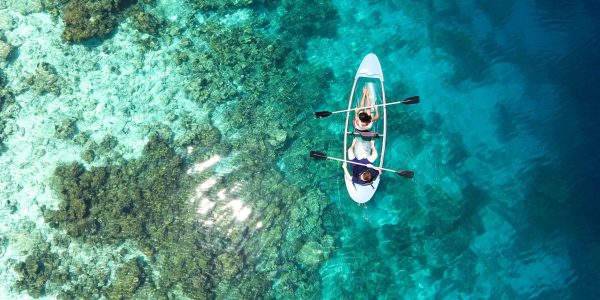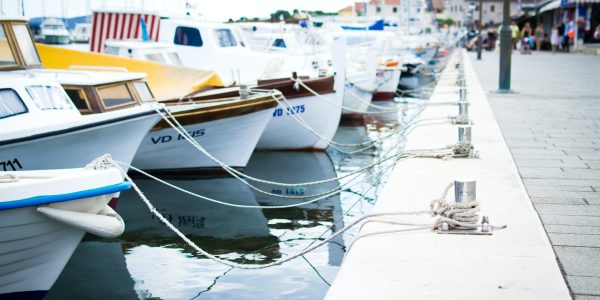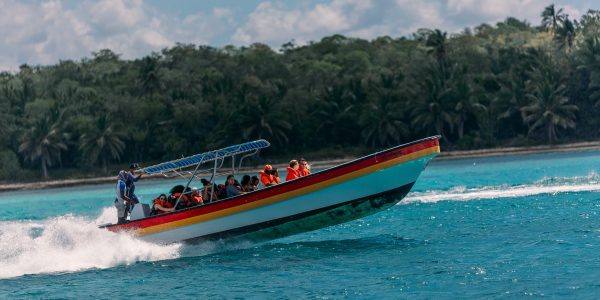Navigation Rules
One of the fundamental aspects of boating etiquette is understanding and adhering to the navigation rules.
One of the fundamental aspects of boating etiquette is understanding and adhering to the navigation rules.
Generally, power-driven vessels must yield to sailboats, and boats traveling upstream must yield to those going downstream
When overtaking another boat, maintain a safe distance and avoid creating excessive wake. When crossing paths with another boat, yield to the vessel on your starboard side (right side).
Operating your boat at a safe and appropriate speed is an essential aspect of boating etiquette. Observe and comply with posted speed limits, especially in areas with heavy boat traffic, near docks, and in no-wake zones.
Whether you're cruising along the open seas, exploring a peaceful lake, or fishing in a serene river, it's important to remember that boating etiquette plays a crucial role in ensuring everyone's safety and enjoyment on the water.
If you are approaching another boat head-on, both vessels should alter their course to starboard (right) and pass port-to-port (left side to left side).
The wake created by a boat can have a significant impact on nearby vessels. Reduce your speed when passing close to other boats, moored vessels, or sensitive areas to minimize the disturbance caused by your wake.



When approaching a dock or marina, be aware of other boaters who may be entering or leaving the area. Allow ample space for them to maneuver their vessels. When docking, ensure that your boat is securely tied to the dock or mooring. Use fenders to prevent damage to your boat and neighboring vessels during the docking process. Be mindful of the noise levels generated by your boat. Excessive noise can disrupt the tranquility of the water and disturb wildlife and other boaters.
Extra
